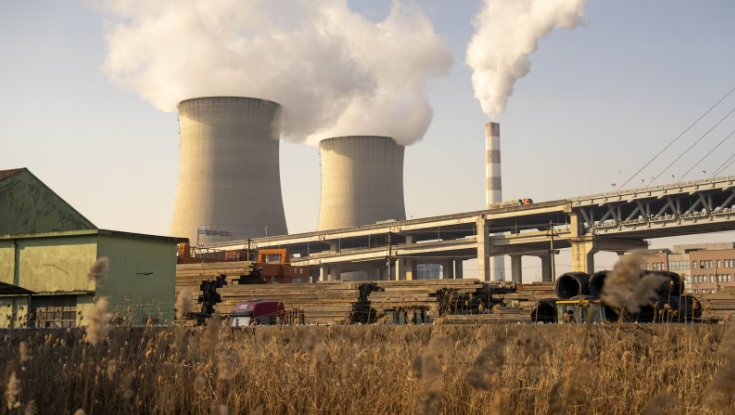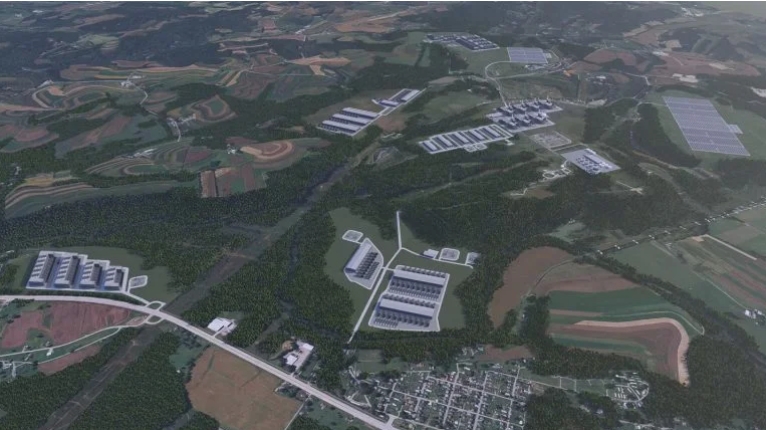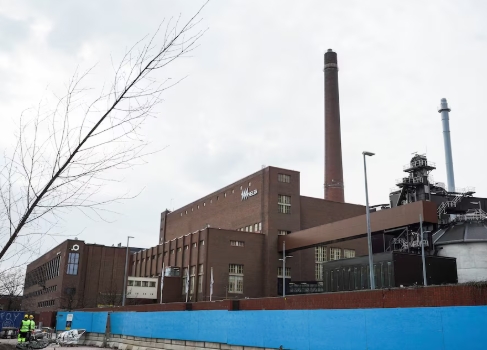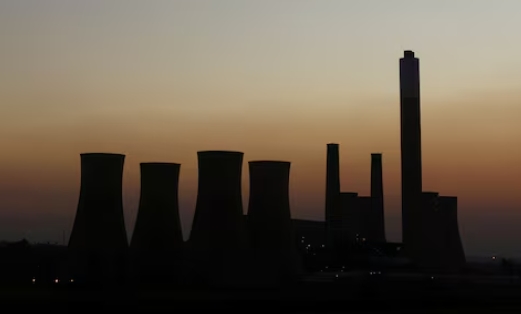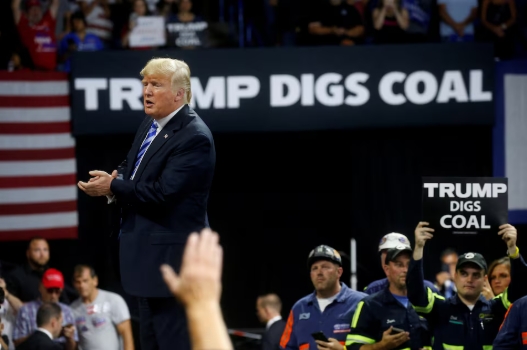The UK government has identified nuclear power as a way to help the country achieve the four-fold increase in clean electricity generation needed to achieve its net zero target. Its long-awaited Energy White Paper published today notes that renewables now account for over one-third of electricity generation, up from 7% in 2010, but "building on this foundation" the country "needs to go further".

Nuclear power supplies about 16% of the UK's electricity, but its existing fleet of reactors are to reach the end of their operating lives by 2030. In 2016, the government agreed contracts for the first new nuclear power plant in a generation - Hinkley Point C - which will provide 7% of the country's current electricity needs. The industry has been waiting for more than a year for the government to decide on support for the planned Sizewell C project, as well as for sites at Wylfa Newydd and Moorside.
The White Paper, Powering our Net Zero Future, develops the Ten Point Plan for a Green Industrial Revolution Prime Minister Boris Johnson unveiled last month, by setting out specific steps the government will take over the next decade to cut emissions from industry, transport, and buildings by 230 million metric tonnes while supporting hundreds of thousands of new green jobs. It also follows Johnson's announcement two days ago, as he opened the Climate Ambition Summit, that the government will end its direct support for the fossil fuel energy sector overseas.
With the exception of Sizewell B and Hinkley Point C, which is under construction, all of the UK's existing nuclear power plants are to be closed by the end of 2030. The government has already committed to removing coal from the electricity mix no later than 2025 and perhaps as early as 2024. Retiring capacity will need to be replaced to keep pace with existing levels of demand, but this could double out to 2050, the government said. As a result, electricity could provide more than half of final energy demand in 2050, up from 17% in 2019.
"While we are not planning for any specific technology solution, we can discern some key characteristics of the future generation mix," the White Paper says. "A low-cost, net zero consistent system is likely to be composed predominantly of wind and solar. But ensuring the system is also reliable, means intermittent renewables need to be complemented by technologies which provide power, or reduce demand, when the wind is not blowing, or the sun does not shine. Today this includes nuclear, gas with carbon capture and storage, and flexibility provided by batteries, demand side response, interconnectors and short-term dispatchable generation providing peaking capacity, which can be flexed as required."
The government targets 40 gigwatts of offshore wind by 2030, will support the deployment of at least one power carbon capture utilisation and storage project by that date, and will aim to bring at least one large-scale nuclear project to the point of Final Investment Decision (FID) by the end of this Parliament.
"We will remain open to further projects later if the nuclear industry demonstrates that it is able to reduce costs and deliver to time and budget," the White Paper says. "We expect the sector to deliver the goal it set itself in our Nuclear Sector Deal, published in 2018, to reduce the cost of nuclear new build by 30% by 2030," it adds.
"Raising enough private capital to finance a nuclear power station is challenging given the significant investment needed for a developer to reach the point of FID. In considering the financing options, we will examine the potential role of government finance during construction, provided there is clear value for money for consumers and taxpayers."
In addition to this, the government will provide up to GBP385 million in an Advanced Nuclear Fund, of which GBP215 million will be invested in the development of a domestic small modular reactor (SMR) design, which is expected to unlock up to GBP300 million private sector match-funding. The remaining GBP170 million will go to a research and development programme for advanced modular reactors (AMR).
To help bring AMR technologies to the market, the government will also invest an additional GBP40 million in developing the regulatory frameworks and supporting the UK's supply chain. As the first major commitment of the programme, in 2021 it will open the Generic Design Assessment to SMR technologies.
"Supporting the development of our supply chain now will increase our chances of having indigenous expertise capable of leading the world in developing the nuclear technologies of the future - SMRs and AMRs - a global market estimated by some to be worth approximately GBP250 billion to GBP400 billion by 2035," the White Paper says.
The aim is to develop an SMR design and to build an AMR demonstrator by the early 2030s.
The government also wants to build a commercially viable fusion power plant by 2040 and has already committed more than GBP400 million towards new UK fusion programmes. The Spherical Tokamak for Energy Production (STEP) is expected to be the world's first compact fusion plant, to be built in the UK by 2040. Earlier this month, the STEP programme published an open call for communities across the UK to apply to be the host site for STEP.
